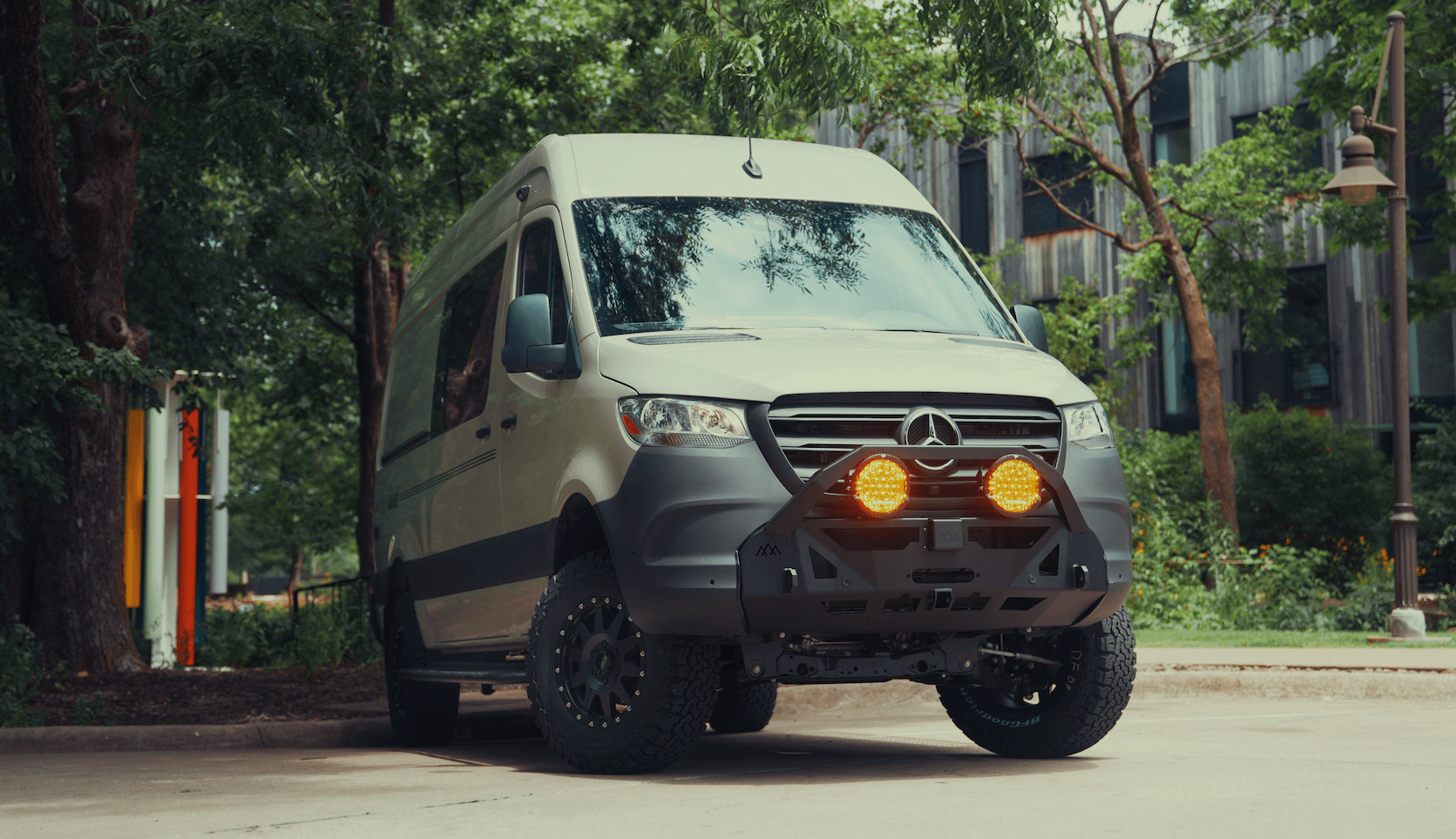Recreational Vans

Weight and balance in camper vans describes how mass is placed front to rear and side to side relative to chassis limits. Two ratings matter first: GVWR, the maximum permitted total weight, and GAWR, the maximum permitted weight on each axle. Exceed either and you reduce safety margins for braking, steering, and tires. Center of gravity also counts. Keep it low and near the middle of the wheelbase to reduce sway and improve stability in crosswinds.
A balanced camper van accelerates smoothly, tracks straight under braking, and feels settled in corners. An unbalanced one nose dives, wanders, and leans. If the rear is overloaded, the front axle may be too light to steer and stop well. If one side is heavy, the van may pull, tires may overheat, and suspension components wear out early.
Brake systems expect a certain front to rear load split. Too little weight on the front axle lengthens stopping distance and can trigger early ABS intervention. Excess rear weight can bottom out springs and shocks. Side heavy setups stress tires and bearings on the loaded side, risking heat buildup and failure on long grades.
Guessing is risky. Measure. Start with a certified scale to check total weight and axle loads. Public truck scales and CAT scales are affordable and quick. Roll the front axle on the platform to record front weight, then roll forward to capture total, then subtract to find rear. Compare each result to GAWR and the total to GVWR.
Corner weights give the full picture. Portable scales under each tire show side to side distribution. If the driver side rear carries far more than the passenger side, move dense items inward or split storage across both sides. Aim for near even side to side load on each axle.
Set tire pressure to actual measured load using manufacturer load inflation tables. Overinflating beyond what the load requires can reduce grip and ride quality. Underinflating invites heat and wear. Ensure each tire’s load index supports the heaviest corner weight on its axle with safety headroom.
If the van darts during panic stops or requires frequent steering correction in a crosswind, recheck weight split. A rear heavy rig may feel floaty in the front. A side heavy build may lean harder in one direction and wander on rutted roads.
Place dense components low and within the wheelbase. Fresh and gray tanks fit well near the center, ideally above the axles. Batteries and inverters are heavy; mount them on the floor and keep them near midship. Galleys often carry water and cookware, so balance the opposite side with storage or utility.
Roof loads should be light and secure. Consider the cumulative effect of solar panels, racks, and boxes on center of gravity. For long wheelbase vans with rear overhang, avoid stacking heavy spares or full jerry cans all the way aft. Spreading mass forward reduces pitching and improves ride.
Even a well balanced load benefits from healthy shocks and springs. If you increase curb weight substantially within legal limits, consider springs rated for the new baseline. After significant changes, get a four wheel alignment. Correct toe and camber reduce tire wear and improve stability.
A winter trip with extra water and fuel weighs more than a summer weekend. Build a simple checklist to update tire pressures and verify axle loads when trip profiles change. Measuring once per season gives early warning before problems surface on the highway.
Balanced builds start with smart planning and end with verification on the scale. Measure, adjust, then measure again. That cycle keeps handling consistent and tires happy.
Whether you are planning your first adventure layout or refining an existing rig, a thoughtful approach to weight and balance pays off on every mile.
At this point, if you want expert help translating these principles into a real build, explore our services:
OZK Customs designs and builds balanced, road ready vans with proper load distribution, safe axle weights, and predictable handling from handoff. Share your travel style and cargo needs, and we will map the layout, component placement, and weight targets so your van feels planted on mountain passes and calm on interstate miles.
Tell us your trip plan and must carry gear. We will design a balanced, reliable camper van that fits your life and keeps you within the numbers. Submit the form to start your build journey today.
:
Ready to drive a rig that tracks straight, brakes confidently, and stays within safe limits. Tell us your travel style and we will design a balanced camper van around it. Fill out the form and an OZK specialist will map your path from concept to handoff.
ADDRESS:
6159 E Huntsville Rd, Fayetteville, AR 72701
PHONE:
(479) 326-9200
EMAIL:
info@ozkvans.com